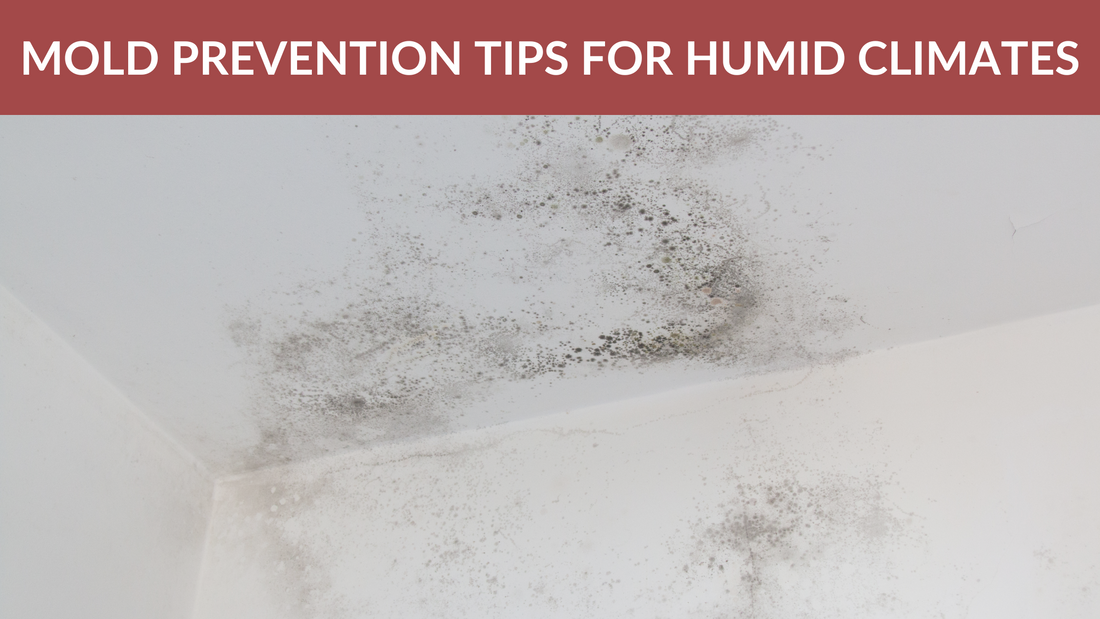
How to Prevent and Treat Mold in Your RV: A Guide for Humid Climates
Share
If you’ve spent any time RVing in a humid climate, you know that moisture is your biggest enemy. Excess humidity can lead to mold, mildew, and musty odors—none of which belong in your home on wheels! The good news is that with a little effort, you can keep your RV fresh and mold-free. Let’s break down how to prevent mold from taking over and what to do if you find some growing inside.
Preventing Mold in Your RV
The best way to deal with mold is to stop it before it starts. Here’s how:
Control Moisture Levels
-
Invest in a Dehumidifier: A portable dehumidifier is one of the best ways to keep humidity levels in check, especially if you’re parked in a humid area for long periods.
-
Use Moisture Absorbers: Products like DampRid or silica gel packs can help absorb excess moisture in cabinets, closets, and other enclosed spaces.
-
Monitor Humidity Levels: A small humidity gauge (hygrometer) can help you keep an eye on indoor moisture levels. Ideally, you want to keep humidity below 50%.
Improve Ventilation
-
Run Your RV’s Roof Vents: Keeping vents open (with vent covers to prevent rain from getting in) allows airflow to reduce condensation.
-
Use Exhaust Fans: Turn on the fan while cooking or showering to prevent steam buildup.
-
Open Windows When Possible: Fresh air circulation can help dry out any damp areas.
Prevent Water Intrusion
-
Inspect Seals and Roof Regularly: Cracked or worn seals around windows, doors, and the roof can let moisture seep in. Check for leaks and reseal as needed.
-
Keep an Eye on Plumbing: Small plumbing leaks can quickly turn into mold problems. Fix any leaks immediately.
-
Dry Wet Areas Promptly: If you have a spill, leak, or wet gear from a rainy adventure, dry everything out as soon as possible.
Treating Mold in Your RV
If you do find mold, don’t panic! Here’s how to clean it up and stop it from coming back:
Small Mold Spots (Surface Mold)
-
White Vinegar: Spray undiluted vinegar on the affected area and let it sit for at least an hour before wiping it off.
-
Hydrogen Peroxide: A mix of 3% hydrogen peroxide and water can also work well for killing mold on surfaces.
-
Mild Soap and Water: If you catch mold early, a simple mix of dish soap and water can do the trick.
Larger Mold Problems
-
If mold has spread into porous materials like wood, carpet, or upholstery, you may need to replace those items.
-
For extensive mold issues, professional remediation might be required—especially if the mold is inside your RV’s walls or under flooring.
Final Thoughts
Mold is a common problem for RVers in humid climates, but it doesn’t have to take over your rig. Stay ahead of the game by controlling moisture, keeping air moving, and addressing any signs of mold immediately. By taking these simple steps, you’ll keep your RV fresh, clean, and ready for all your adventures ahead!
